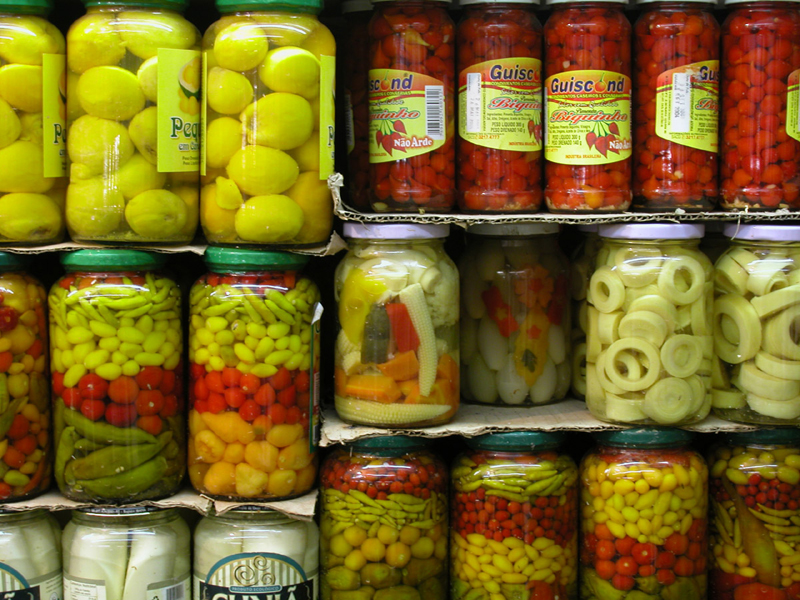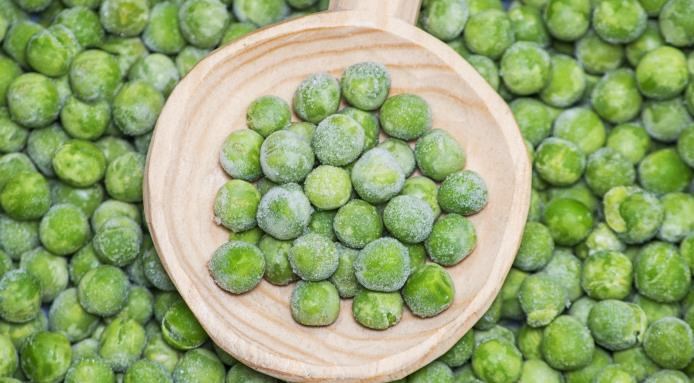Lots of us who are looking into packaging need to take into consideration that the food might need to be preserved. While chemicals work, some have been linked to causing health problems, and with more and more being conscientious fo this, it’s no wonder that you need chemical-free ways for food preservation, but here are a few methods of preserving food that doesn’t require you to use chemicals.
First, you’ve got pickling, which has been around since 2000 BC when cucumbers that were brought from India started this tradition. Pickling is done by pushing the vegetable or fruit into a vinegar and salt bath. This causes lactic acid to develop in the container, and due to the large amounts of acid, spoilage was prevented, and lots of pirates and sailors would do this. Supermarkets actually still use this, and you can get a lot of these. In fact, glass jars are used for these still, and the large amounts of acidity allow for the high acidity to stay in and not react with the container. They can last up to a year sealed, and it brings a simple and proven way to preserve the food for eons, and it shouldn’t be overlooked.

Next is canning, which uses sealed containers and packages for storing perishable foods. Many microorganisms are reduced due to the heat that’s used to keep the content fresh and to get rid of microorganisms. It was invented as a way to store food during the Napoleonic wars. This is an inexpensive way to can and preserve foods, and you can get seamers to close the cans once the filler is put in, and there are high-speed options that can can up to 2000 cans a minute. The shelf life on this can be anywhere from a year to five years, depending on the type of food you’re preserving.
Freezing is another one. This is a way to help slow down microorganism growth in order to limit food decoration. Commercial freezing uses several methods, and usually, commercially frozen foods use flash freezing, which takes less than a minute. It can also quickly freeze foods with air blasts. This is a great one if you have the storage for it, and it can last indefinitely, provided you don’t have freezer burn in the environment.

Finally, you have vacuum packaging, which is an easy way to reduce the oxygen in a packaging and extend the shelf life of the food, and with less oxygen, the less amount of food degradation. This can use air removal to preserve it, and with the use of a gas flush, it can also eliminate the oxygen content. Nitrogen is usually used in this since it pushes the oxygen out of there, and the chamber sealers work well.

If you’re working with food that needs to have an extended shelf life, then you’re in luck. Here, you learned four different means to do it, and why they are considered the best.
